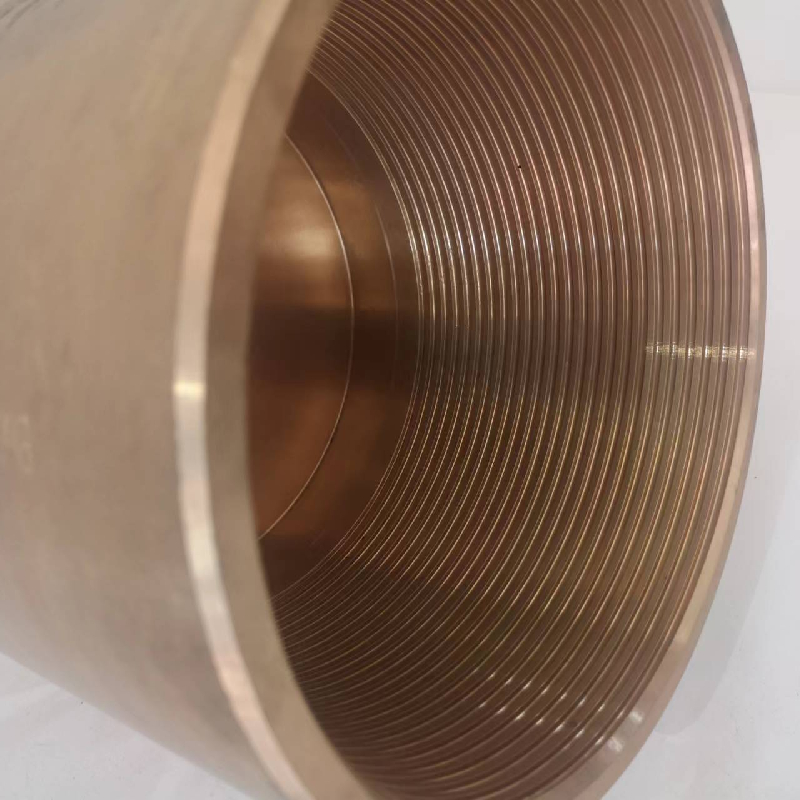- Afrikaans
- Albanian
- Amharic
- Arabic
- Armenian
- Azerbaijani
- Basque
- Belarusian
- Bengali
- Bosnian
- Bulgarian
- Catalan
- Cebuano
- Corsican
- Croatian
- Czech
- Danish
- Dutch
- English
- Esperanto
- Estonian
- Finnish
- French
- Frisian
- Galician
- Georgian
- German
- Greek
- Gujarati
- Haitian Creole
- hausa
- hawaiian
- Hebrew
- Hindi
- Miao
- Hungarian
- Icelandic
- igbo
- Indonesian
- irish
- Italian
- Japanese
- Javanese
- Kannada
- kazakh
- Khmer
- Rwandese
- Korean
- Kurdish
- Kyrgyz
- Lao
- Latin
- Latvian
- Lithuanian
- Luxembourgish
- Macedonian
- Malgashi
- Malay
- Malayalam
- Maltese
- Maori
- Marathi
- Mongolian
- Myanmar
- Nepali
- Norwegian
- Norwegian
- Occitan
- Pashto
- Persian
- Polish
- Portuguese
- Punjabi
- Romanian
- Russian
- Samoan
- Scottish Gaelic
- Serbian
- Sesotho
- Shona
- Sindhi
- Sinhala
- Slovak
- Slovenian
- Somali
- Spanish
- Sundanese
- Swahili
- Swedish
- Tagalog
- Tajik
- Tamil
- Tatar
- Telugu
- Thai
- Turkish
- Turkmen
- Ukrainian
- Urdu
- Uighur
- Uzbek
- Vietnamese
- Welsh
- Bantu
- Yiddish
- Yoruba
- Zulu
Understanding Types and Features of Casing and Tubing Connections in Oil and Gas Industry
Casing and Tubing Connections Essential Components in Oil and Gas Production
In the oil and gas industry, the extraction of hydrocarbons is a complex process that requires a deep understanding of various components involved in drilling and production. Among these components, casing and tubing connections play a vital role. These connections ensure the integrity and efficiency of wells, which are critical to the success of oil and gas operations.
Understanding Casing and Tubing
Casing is a series of steel pipes that are installed in a wellbore after drilling to provide structural support and maintain the integrity of the borehole. The primary function of casing is to prevent the collapse of the well and to isolate different formations encountered during drilling, thereby protecting freshwater aquifers and preventing the migration of hydrocarbons to the surface.
Tubing, on the other hand, is the pipe through which oil and gas flow from the reservoir to the surface. It is inserted into the casing and typically has a smaller diameter than the casing. Since tubing experiences significant pressure and temperature changes, it must be manufactured from high-strength materials to withstand the harsh conditions of the surrounding environment.
The Importance of Connections
The connections between casing and tubing are crucial as they need to effectively seal the wells to prevent leaks and maintain pressure. These connections can be categorized into several types, each designed for specific applications and conditions. Common types include threaded connections, welded connections, and premium connections.
Threaded connections, the most widely used, are easy to install and dismantle, which is advantageous for maintenance and repairs. They come in various designs and coating options to enhance their strength and resistance to corrosion. However, they can become prone to mechanical failures if not installed correctly.
casing and tubing connections

Welded connections offer a more robust option, providing a continuous joint that enhances the strength of the connection. This type of connection is often used in high-pressure applications where leakage is a significant concern. Despite their advantages, welded connections can be time-consuming to install and require skilled personnel to ensure quality.
Premium connections have been developed to meet the increasing demands of modern drilling practices. These advanced connections feature enhanced mechanical properties and are designed to withstand extreme conditions, including high pressures and temperatures, making them ideal for deepwater and unconventional reservoirs.
Challenges and Innovations
The design and integrity of casing and tubing connections are subject to various challenges, including corrosion, wear, and pressure differentials. The environment in which these components operate can greatly affect their performance. For example, wells drilled in sour gas environments suffer from the detrimental effects of hydrogen sulfide, necessitating the use of specialized materials and protective coatings.
In recent years, significant innovations have emerged to address these challenges. Advanced materials, such as corrosion-resistant alloys and high-strength carbon steels, have been developed to enhance the durability of casing and tubing connections. Additionally, new technologies, like real-time monitoring systems, allow for the continuous assessment of the integrity of these connections, enabling early detection of potential failures.
Conclusion
Casing and tubing connections are fundamental to the safe and effective extraction of oil and gas. As the demand for energy continues to grow and drilling operations become more complex, the need for reliable, high-performance connections is paramount. Ongoing innovations in materials science and engineering practices will continue to play a key role in enhancing the reliability of these connections. As the industry evolves, maintaining the integrity of casing and tubing will be critical not only for maximizing production but also for ensuring environmental protection and operational safety.
In summary, a thorough understanding of casing and tubing connections, along with their designs, materials, and challenges, is essential for professionals in the oil and gas sector. These connections not only influence the productivity of oil wells but also shape the future of energy production in a steadily changing world.
-
Tubing Pup Joints: Essential Components for Oil and Gas OperationsNewsJul.10,2025
-
Pup Joints: Essential Components for Reliable Drilling OperationsNewsJul.10,2025
-
Pipe Couplings: Connecting Your World EfficientlyNewsJul.10,2025
-
Mastering Oilfield Operations with Quality Tubing and CasingNewsJul.10,2025
-
High-Quality Casing Couplings for Every NeedNewsJul.10,2025
-
Boost Your Drilling Efficiency with Premium Crossover Tools & Seating NipplesNewsJul.10,2025







